Hands-On Revival: DIY Restoration Projects for Antique Collectors
Chosen theme: DIY Restoration Projects for Antique Collectors. Step into a workshop mindset where patience, craft, and curiosity transform timeworn treasures. Expect practical methods, heartfelt stories, and safe, reversible techniques you can apply today. Subscribe and join the conversation as we bring history back to life together.
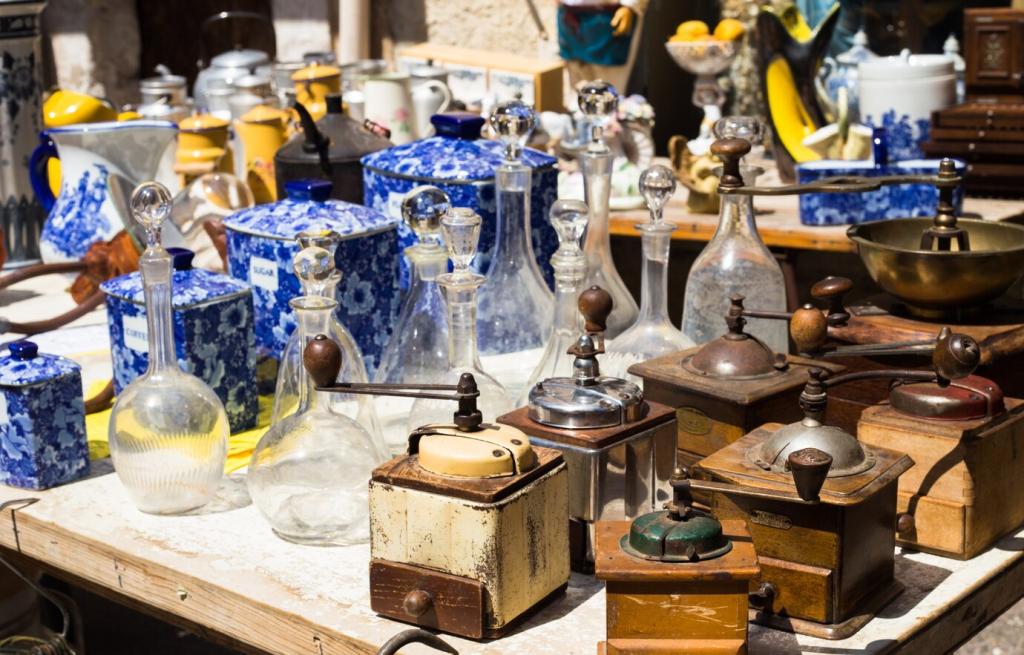
Ethics First: Respecting Patina and Provenance
Conservation Over Transformation
Great DIY restoration minimizes loss of original material. Instead of making something look brand-new, aim to stabilize, clean gently, and preserve honest wear. Share where you draw the line between conservation and cosmetic change for antiques you love.
Reversible Materials and Methods
Choose traditional, reversible solutions like hide or fish glue, shellac, and microcrystalline wax. These let future caretakers undo your work cleanly. Tell us your go-to reversible adhesive and why it has earned a permanent place on your bench.
Document Every Step
Photograph before, during, and after. Keep notes on solvents, abrasives, glues, and finishes used. Slip a discreet record inside a drawer for the next owner. Ask questions below about organizing a simple restoration log you’ll actually follow.
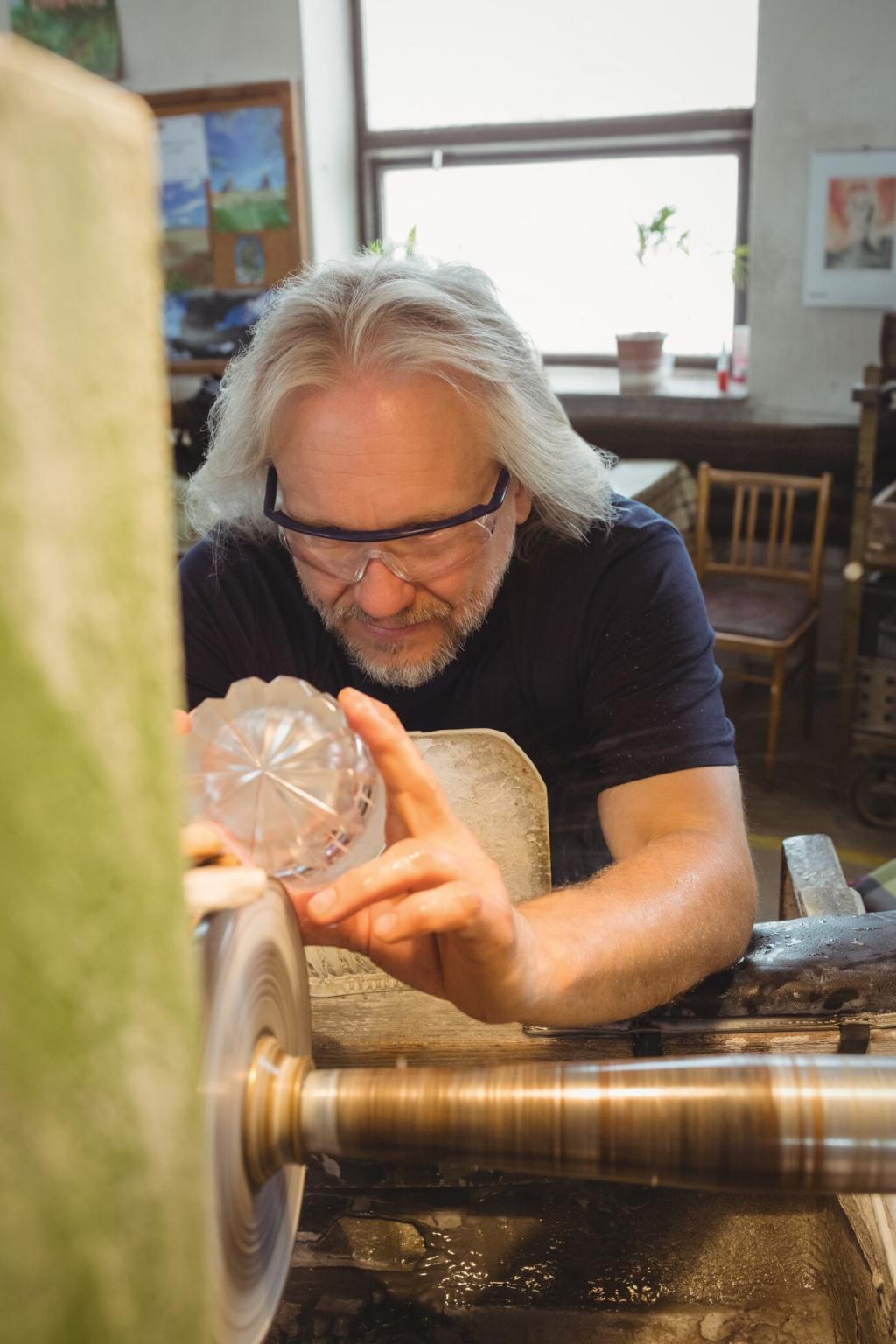
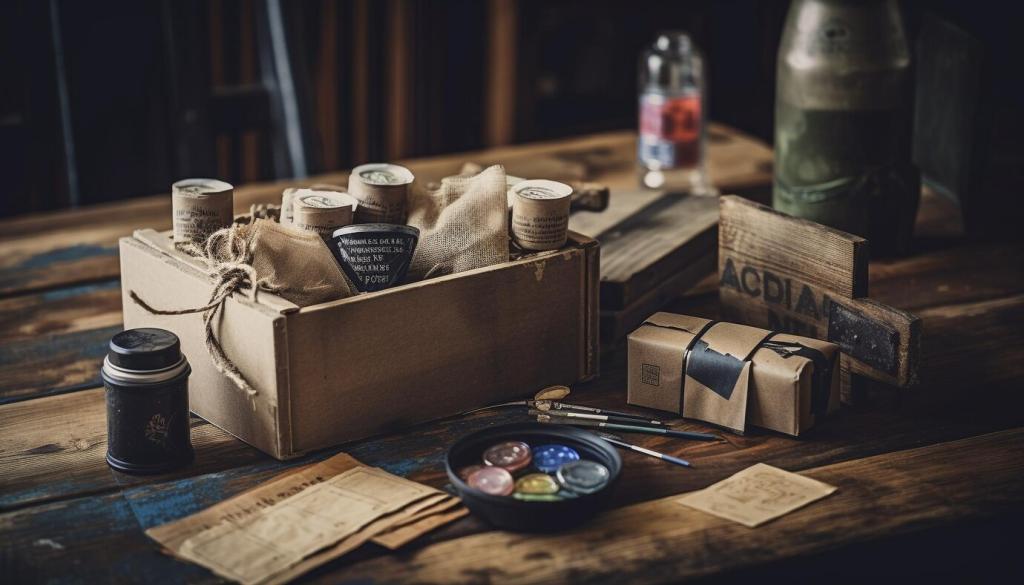
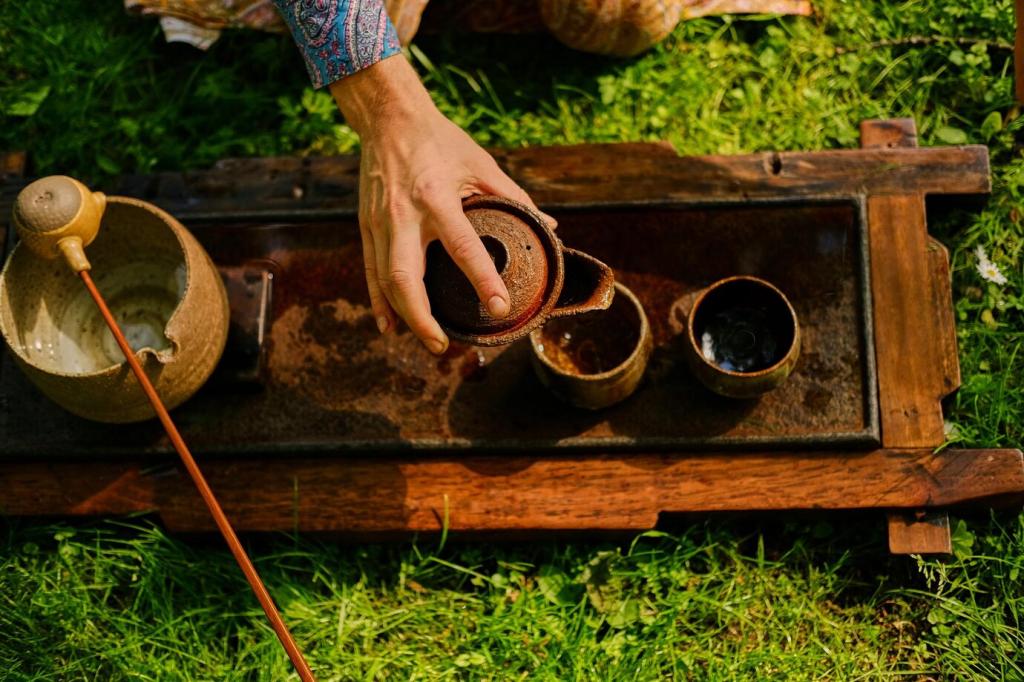
Metal Matters: Rust, Patina, and Protective Coats
Use mechanical methods like brass brushes and gentle abrasives sparingly, or try a chelating bath that targets rust while sparing base metal. Post your results comparing chelation to electrolytic derusting on delicate hinges or clock keys.
Metal Matters: Rust, Patina, and Protective Coats
Over-polishing erases history. Clean tarnish selectively, leaving darker recesses for depth. If polishing, mask hallmarks and edges. What’s your strategy for balancing legibility and age on drawer pulls without producing that harsh, bright showroom shine?
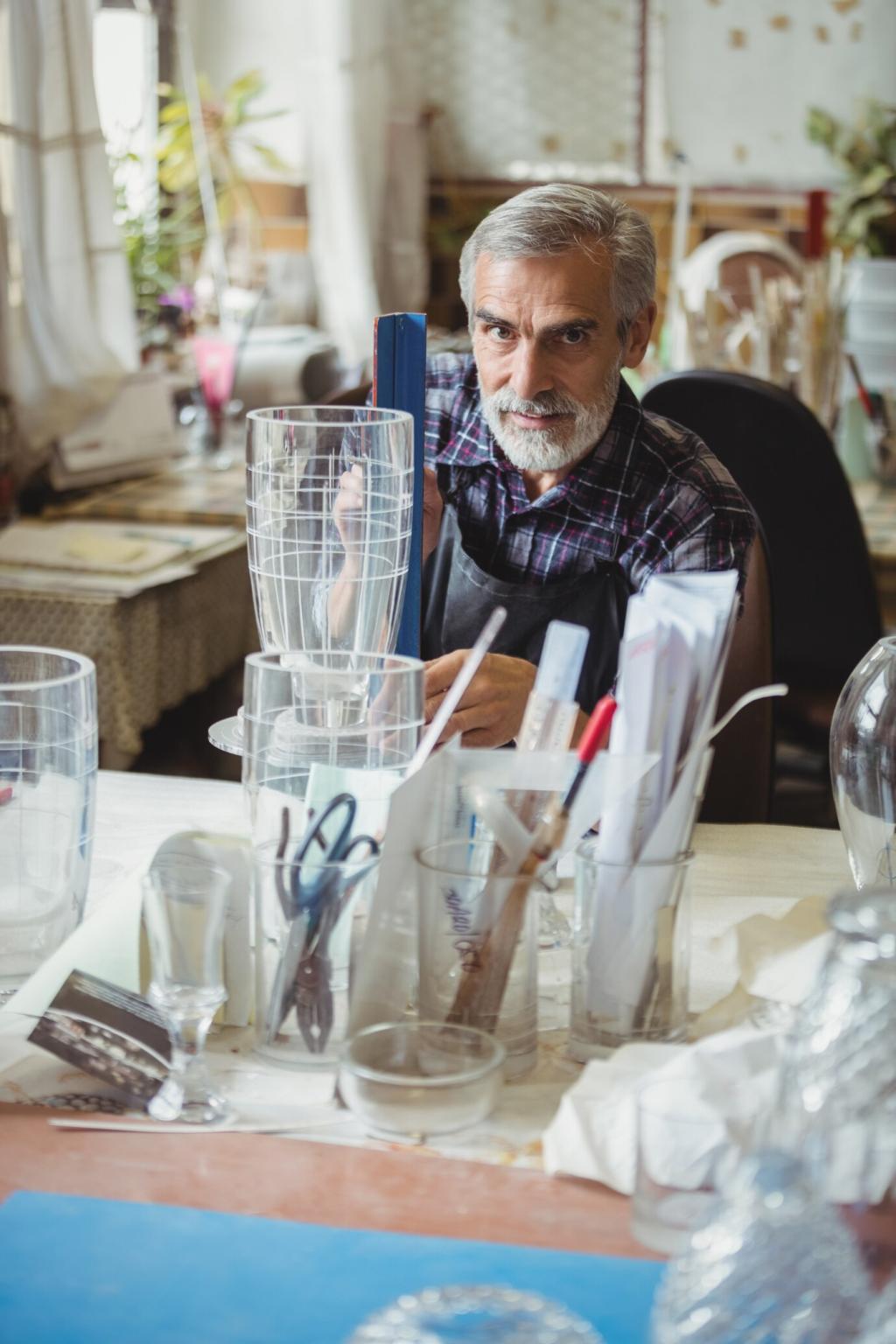
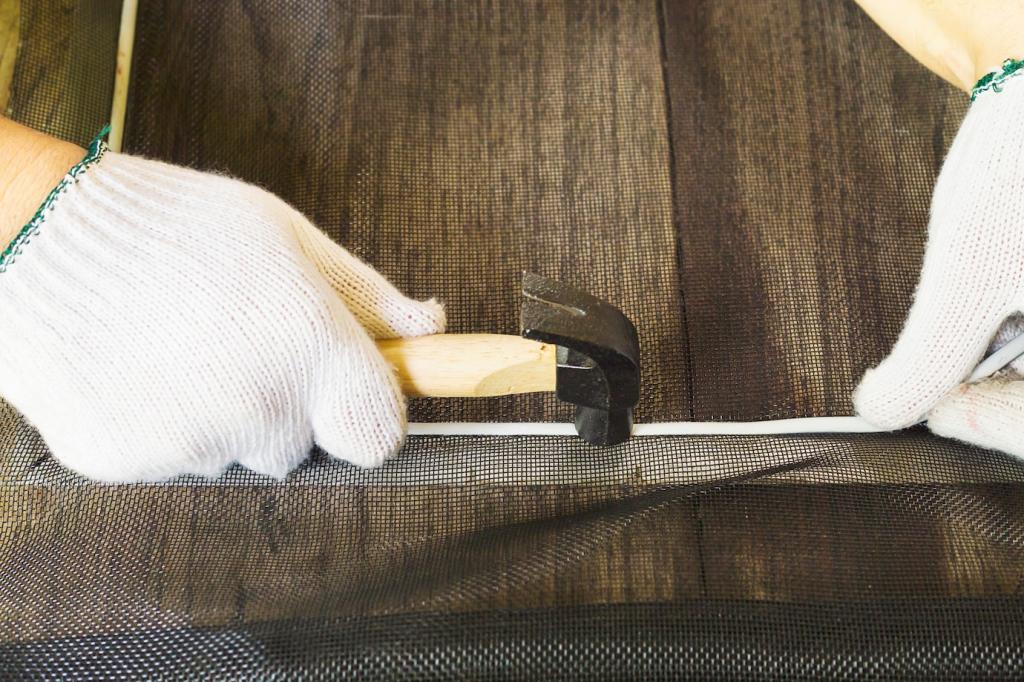
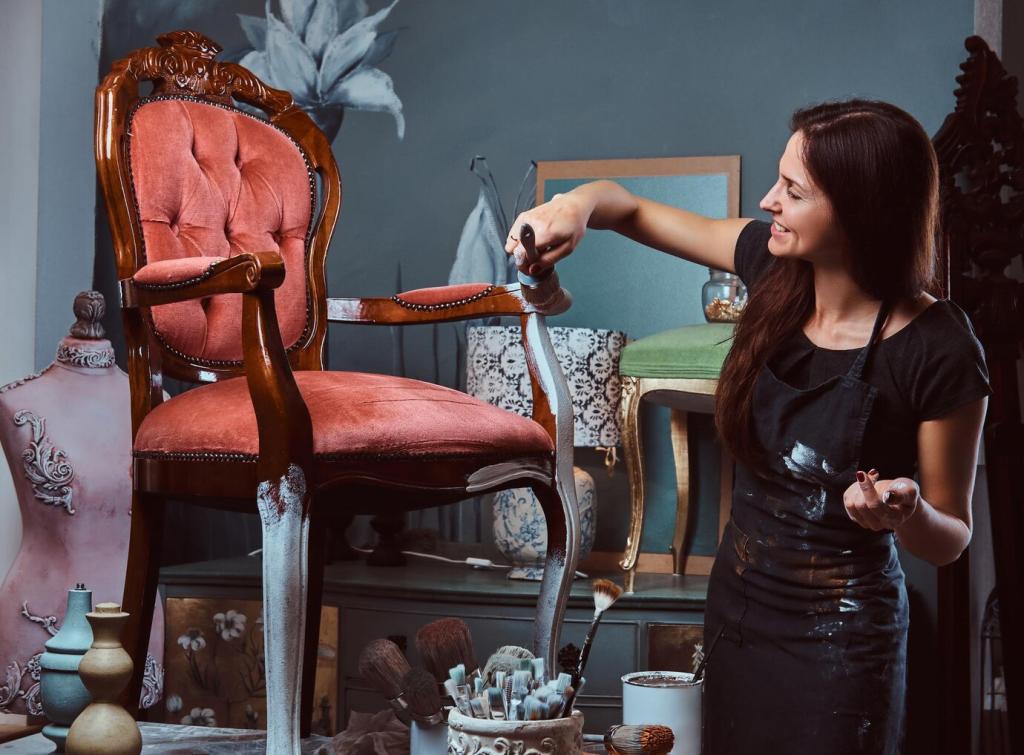
Textiles and Upholstery: Sensitive Renewal
Reference period patterns and fiber types, favoring linen, wool, or cotton over synthetics. Match weight and weave for drape and durability. Comment with your favorite sources for reproduction fabrics that look right without overwhelming aged wood finishes.
Textiles and Upholstery: Sensitive Renewal
Re-tension jute webbing, preserve original horsehair where possible, and use hand stitching for control. Replace only what’s failed. Tell us how you test old stuffing for reuse and label new layers to keep provenance transparent for future custodians.
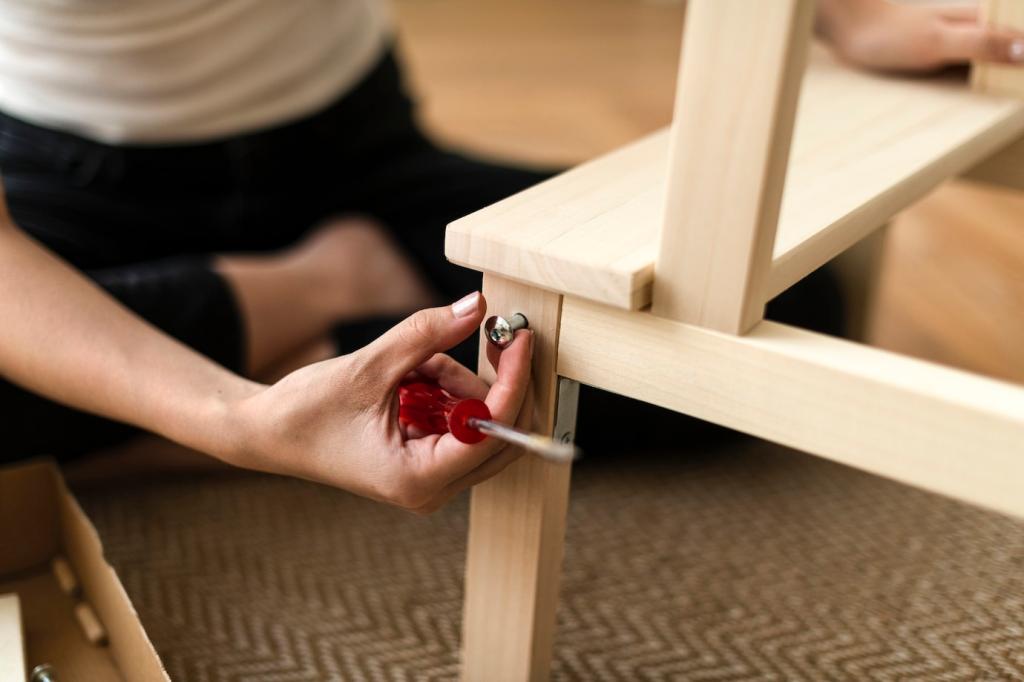
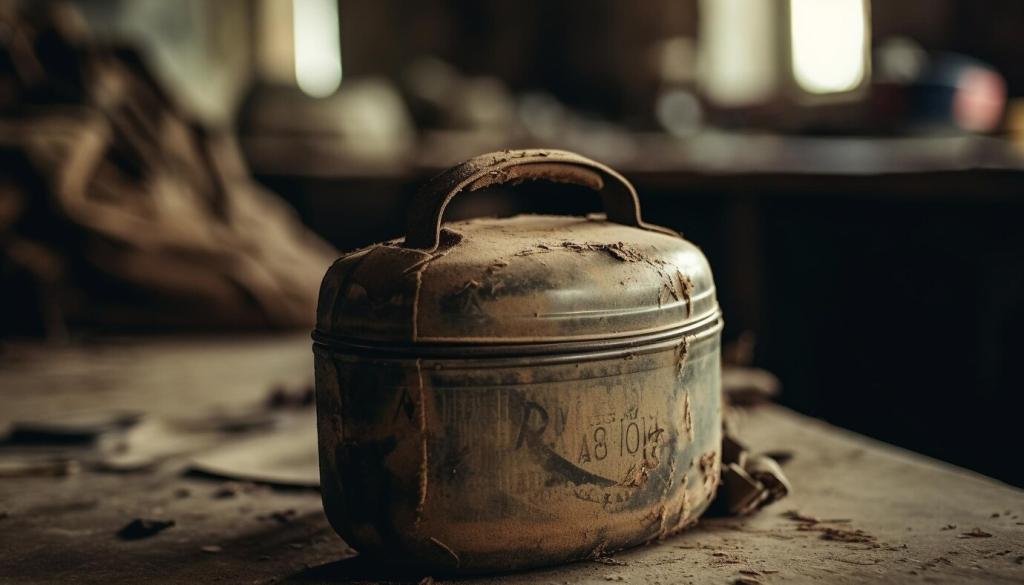
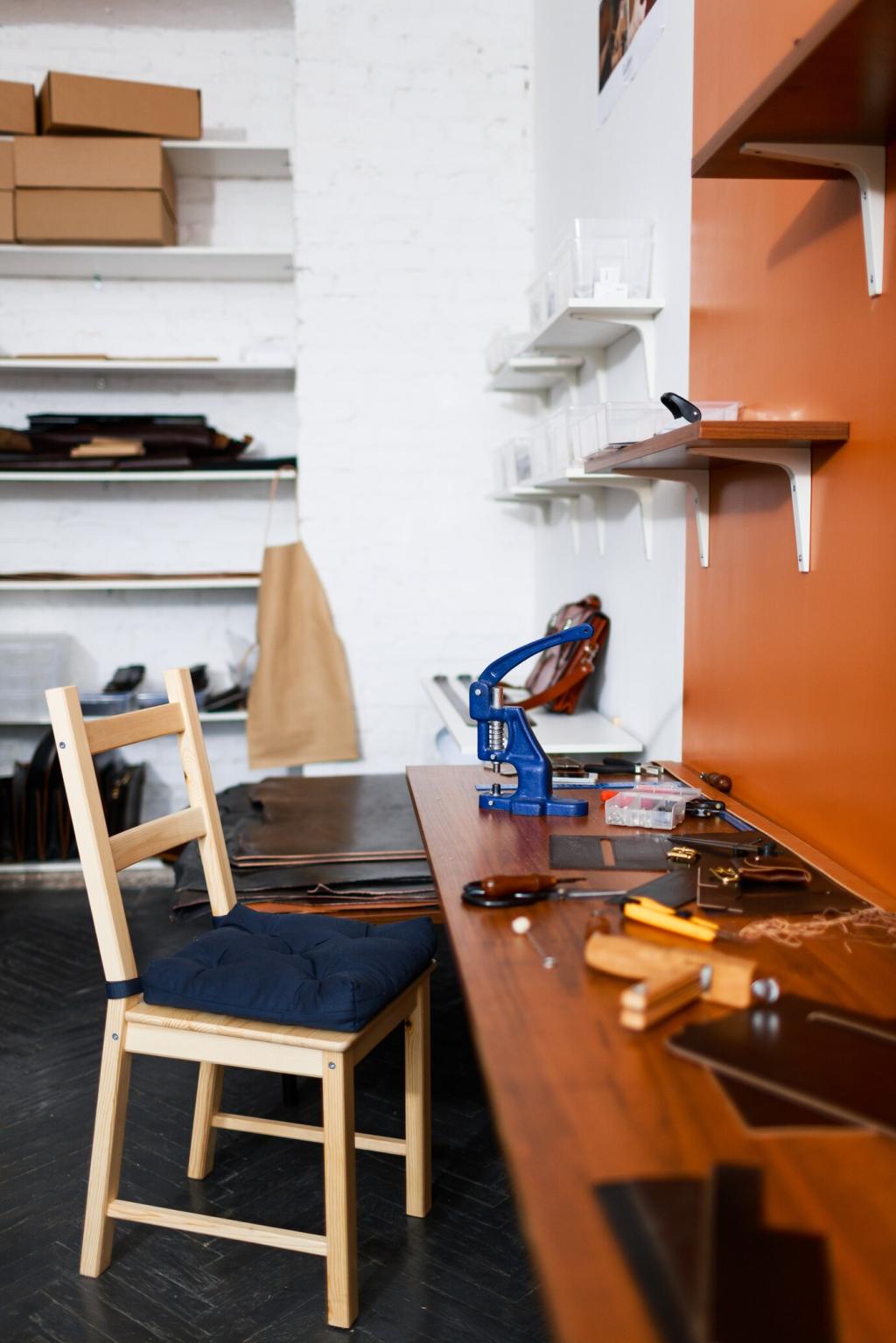
Environment, Safety, and Long-Term Care
Keep relative humidity around forty to fifty-five percent to reduce cracks and veneer lift. Use buffered silica or humidifiers. What devices do you trust for accurate readings, and how do you protect cabinets during seasonal swings and furnace cycles?
